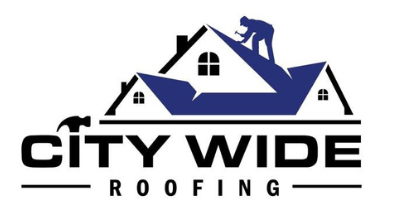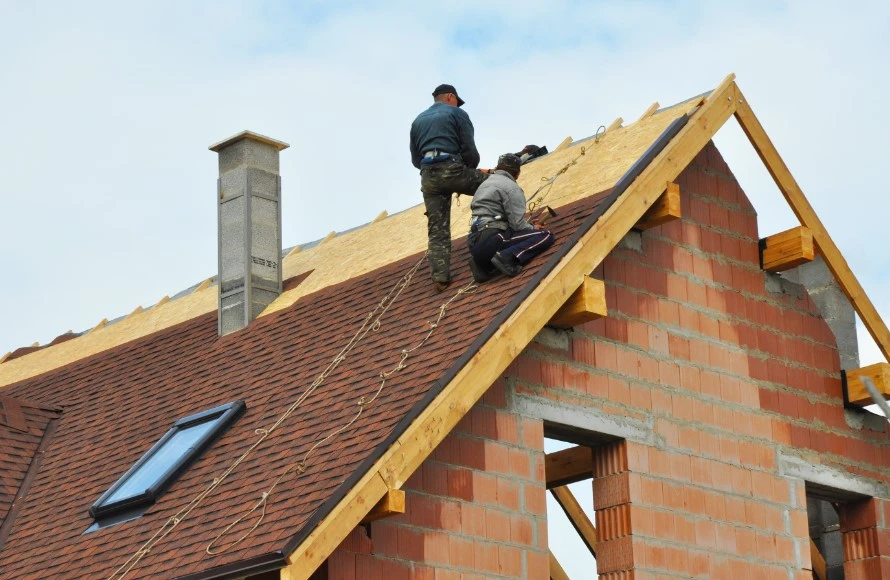In the realm of modern construction, innovation is a fundamental aspect that can alter the trajectory of established practices and techniques.
One such advancement in the field is the inception and rise of metal roofing, a contemporary solution that presents distinct advantages over traditional materials.
This shift towards metallic coverings epitomizes both an aesthetic and functional evolution in state-of-the-art roof installation.
The unique properties of metal not only enhance durability but also provide opportunities for energy efficiency, finally culminating in an environmentally friendly and cost-effective alternative.
The future landscape of building coverings is set to experience profound transformations underpinned by this pioneering development.
Reflecting on historical precedents, shifts in architectural trends have invariably been driven by technological advancements and evolving societal needs.
As sustainability becomes increasingly paramount, it is evident that solutions like metal roofing are poised to redefine our understanding and expectations from building envelopes.
With each installation, we take collective strides towards incorporating more resilient materials into our built environment – a testament to human ingenuity fuelled by shared aspirations for sustainable living spaces.
The Advantages of Utilizing Modern Materials
Incorporating modern materials in roofing, such as metal, offers significant advantages including enhanced durability, energy efficiency, and sustainability, thereby transforming conventional perceptions about roof installation. The utilization of these innovative materials introduces a new era of strength and resilience that traditional materials like asphalt shingles simply cannot match.
Metal roofs are known for their longevity with lifespans often exceeding 50 years, thus reducing replacement costs over time. Their impressive ability to withstand extreme weather conditions like hailstorms or high winds further underscores the superiority of their durability. Additionally, metal roofs offer high solar reflectance and thermal emissivity properties that contribute towards improved energy efficiency by reducing cooling loads during warm months.
Moreover, the environmental sustainability factor associated with metal roofs should not be overlooked. Most metal roofs contain recycled content ranging from 25% to 95%, significantly minimizing the exploitation of raw resources necessary for their production. Post-consumer recyclability is another defining feature as discarded metal roofing can be entirely reclaimed and repurposed without loss of quality or performance characteristics – a stark contrast to other types of roofing waste which typically end up in landfills.
This reality positions state-of-the-art roof installation as more than just an industry trend; it becomes an opportunity for individuals to participate in environmentally responsible practices while enjoying superior protection against elements. By utilizing these modern materials, homeowners inadvertently become partakers in larger societal efforts aimed at sustainable development and resource conservation – a sense of belonging that transcends the mere functional aspects of roof installation.
The Future of Building Coverings
As the realm of building coverings evolves, emerging trends reveal a shift towards sustainable and energy-efficient materials, signifying a promising future for construction. This paradigm shift is driven by the need to respond to environmental issues such as climate change, promote health and wellbeing, and reduce operational costs in buildings.
One of these advancements is the rise of smart roofs that incorporate solar panels or green vegetation to provide renewable energy and improve air quality. These smart roofs not only contribute to sustainability but also increase property value due to their innovative design and functionality.
In addition, advancements in technology have led to improvements in material manufacturing processes resulting in more durable and efficient roofing materials with greater longevity. This includes metal roofing which has become a popular choice due to its durability, energy efficiency and recyclability. Furthermore, there is an increasing use of 3D printing technology in construction for designing complex roof structures that were previously difficult or impossible with traditional methods.
– Solar panel-integrated roofs: A dual-purpose solution providing shelter while generating renewable energy.
– Green roofs: Offering multiple benefits including improved air quality, reduced stormwater runoff, natural insulation properties thereby reducing heating/cooling costs.
– 3D printed roof structures: Allowing for limitless design possibilities while improving the speed of installation and reducing waste.
These burgeoning developments not only reshape the architectural landscape but also serve as an expression of collective responsibility towards the environment. They represent an exciting opportunity for individuals seeking innovative ways to partake in this new era of sustainable living through their choices in building coverings – a testament that innovation does not compromise function or aesthetic appeal.


